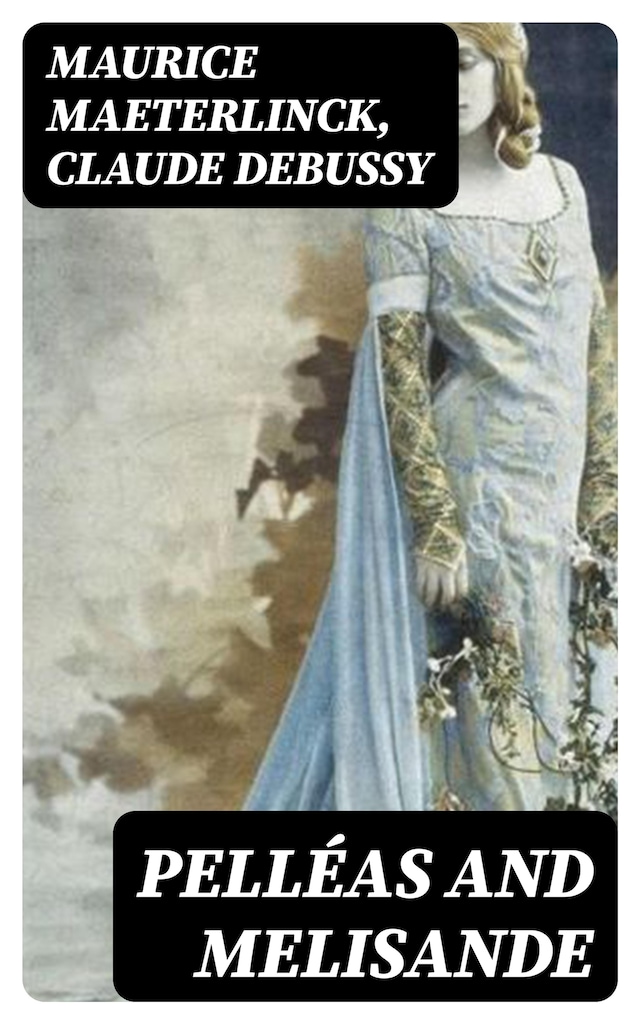
Pelléas and Melisande
Description of book
Pelléas and Melisande stand as a seminal anthology marking a harmonious blend of symbolist literature and impressionist music. This collection presents an intricate exploration of themes such as forbidden love, fate, and the inevitable decay of life, encapsulated within a unique narrative and musical arrangement that champions the subtlety of emotion over explicit declaration. The anthology distinguishes itself through a diverse array of literary and musical styles, from the poignant dialogues to the ethereal orchestration, capturing the zeitgeist of early 20th-century European art. The works within this compilation illuminate the nuanced interplay between word and melody, showcasing an extraordinary partnership between Maurice Maeterlinck's evocative drama and Claude Debussy's innovative score, a highlight of the collection that commemorates a pivotal moment in the evolution of modernist art. The contributors, Maurice Maeterlinck and Claude Debussy, were pioneering figures of their time, Maeterlinck with his symbolist plays and Debussy with his impressionist music, both revolutionizing their respective fields. Their collaboration on Pelléas and Melisande symbolizes a confluence of artistic movements that have significantly influenced the landscape of western art and literature. This anthology not only represents a personal achievement for both artists but also serves as a cultural cornerstone that reflects the broader intellectual and aesthetic currents of early 20th-century Europe. Pelléas and Melisande is an indispensable read for anyone intrigued by the intersection of literature and music, symbolist drama, or the impressionistic movement. This collection offers readers a unique opportunity to immerse themselves in a world where the boundaries between the expressive potential of words and music are seamlessly blended. It is a remarkable educational resource that sheds light on the creative synergetic possibilities when distinct art forms converge. Scholars and enthusiasts alike are encouraged to delve into this anthology to appreciate the rich dialogues it fosters between Maeterlinck's symbolic narratives and Debussy's sonic landscapes, enriching their understanding of a pivotal moment in the history of artistic experimentation.

